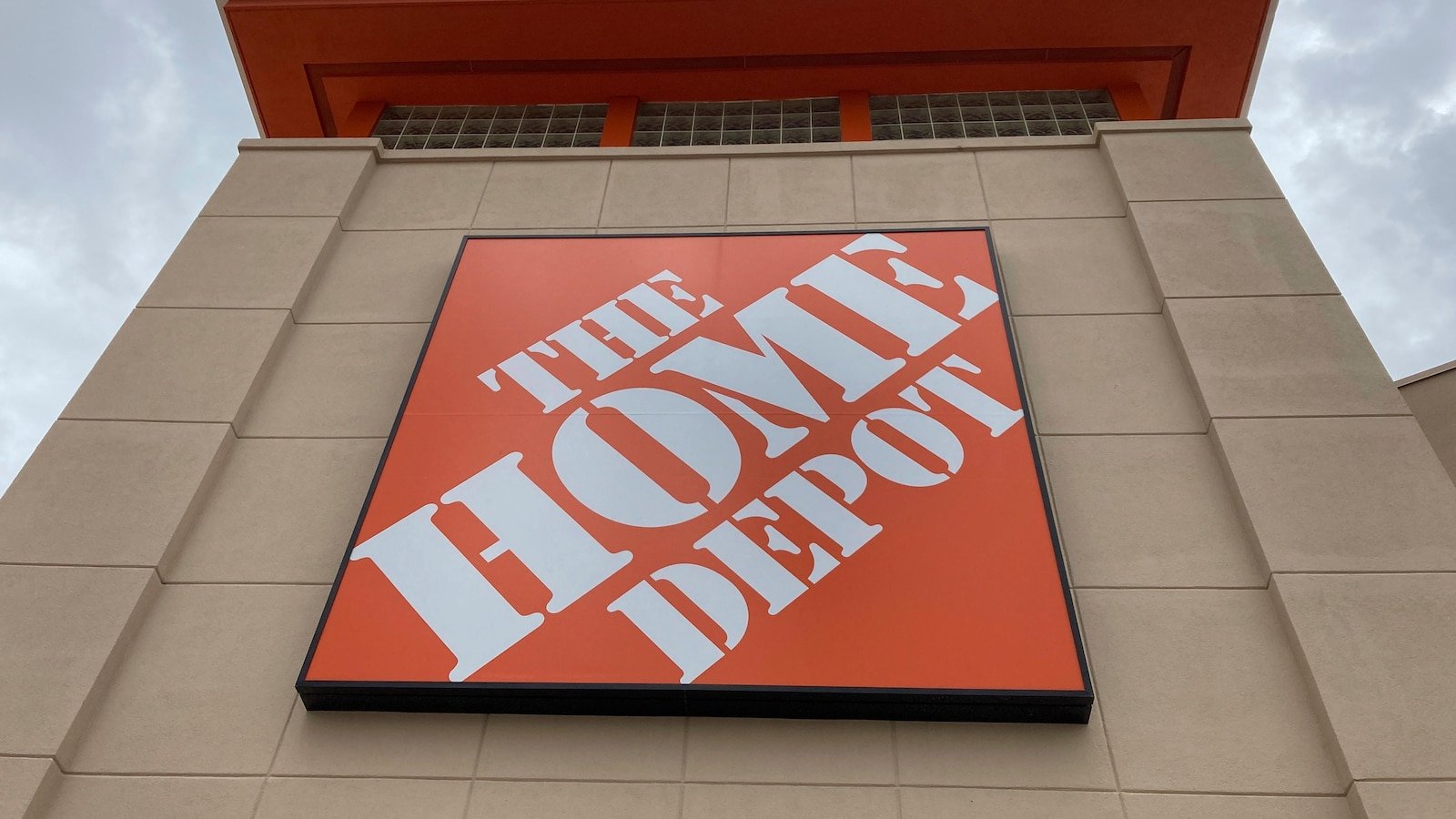Los Angeles – US housing owners are spending more on housing renewal projects, reporting a broader setback from consumers in the middle Decreased trust in the economy.
Sales in retail materials and garden supplies increased 0.8% last month from March, the highest gain since 2022, and increased 3.2% from April last year. At the same time, US retail sales in general increased 0.1%, A strong March deceleration.
The trend occurs even as products prices for home improvements have increased.
The cost of repairs and remodeling of the home increased by almost 4% in the first quarter of the previous year, according to Verisk’s remodeling index. The Strategic Data Analysis Company tracks the costs of more than 10,000 home repair items, from appliances to windows.
Recent price increases seem mainly driven by labor costs and do not seem to reflect the continuum Commercial War that the Trump administration is dedicated to the main US business partners such as Mexico, China and Canada.
“We have not seen the purchase of panic of contractors or investors concerned with the impact tariffs they could have on future costs, or the labor rates that are driven by the strictest application of immigration policies,” said Greg Pyne, vice president of prices of Verisk Property Estimation solutions, in a report earlier this month.
Home Deposit He said Tuesday that he does not expect to increase prices due to tariffs, saying that he has spent years diversifying the sources of goods on their shelves. However, executive Billy Bastek said some products now on home depot shelves may disappear.
He also pointed out that the chain is seeing less customers assuming large house improvement jobs, such as kitchen and bathroom remodeling, because high interest rates may be determining money owners into pieces to finance such projects.
Housing renovations spending has remained resistant as high mortgage rates and housing prices have frozen many possible buyers. That is maintained Housing sales in the United States in depression, Limit the market for owners who want to sell.
Many owners also bought or refinant their mortgage when the average rate of a 30 -year mortgage loan was less than 3% or 4% in the first years of the pandemic. That has made them reluctant to sell now, when the average rate is floating about 7%.
In response, many owners have chosen to invest in accelerating their home instead of selling and assuming a mortgage with a really higher interest rate.
A deficit in the construction of new houses more than a decade in creation has kept people who live in older houses for longer. Almost half of the houses occupied by the owners in the US. This aging housing stock has helped feed the need for repairs and improvements.
The most recent quarterly perspective of home improvement projects at Harvard University of Harvard projects for home improvement projects that spending on renovations at home will continue to increase this year, despite economic uncertainty.
The expenditure of housing owners in maintenance projects and home improvements increased 0.5% in the first quarter from a year before $ 513 billion, according to the main indicator of the JCHS remodeling activity, or Lira.
It also forecasts annual increases from here that will generate expenses to $ 526 billion for the first quarter of next year. That would represent an increase of 2.5% with respect to the first quarter of this year.
The increase in housing prices and the signs of a solid economy have supported the prospects for a greater expense in home improvements, but that could change if the real estate market and economic perspectives worsen, said Carlos Martín, director of the JCHS remodeling futures program.
“Retail sales of construction materials are strong, but we are seeing a significant recession in existing housing sales and its average sale price since the last projection, both contribute to home improvements,” Martin said. “The broader economic turbulence as a recession, a labor market that worsens or higher inflation would almost surely temper our expectations.”





